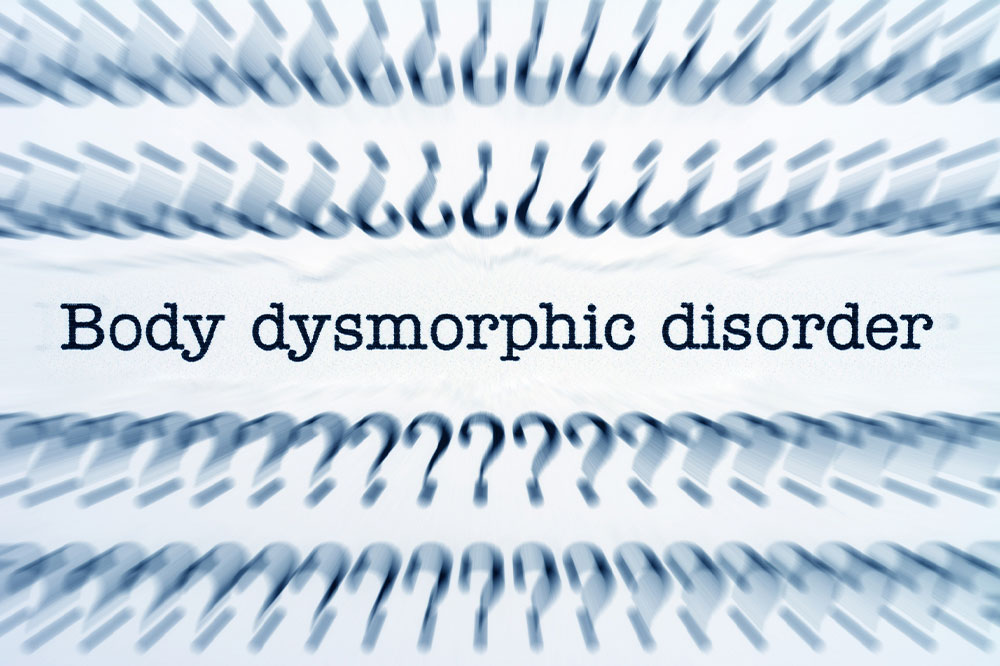
Body dysmorphic disorder – Warning signs and remedies
Body dysmorphic disorder (BDD) is a mental health condition wherein patients might constantly worry about perceived flaws or defects in their physical appearance, affecting their daily life. Though most people at some point might think about flaws in their appearance, in BDD, the reaction to it will be overwhelming. One might spend hours worrying about one’s appearance. Such thinking can become persistent and lead to negative thoughts. Keep reading to learn more about this condition.
Symptoms
Some of the prevalent warning signs of BDD are-
- Believing you have a flaw in your appearance, making you deformed or unattractive
- Experiencing excessive concern or distress over a perceived imperfection in your appearance, which may be considered minor or unimportant by others
- Feeling fear or anxiety because you believe others are taking special note of your perceived flaws to mock you
- Comparing yourself to others all the time or feeling shame about your physical appearance
- Avoiding socializing
- Opting for cosmetic treatments with no satisfaction
- Seeking reassurance from others about appearance
- Attempting to hide your perceived flaws with clothes, makeup, or styling
- Engaging in behaviors aimed at hiding or fixing the perceived flaw that is hard to control or resist, such as skin picking, grooming, or frequently checking the mirror
Such unnecessary preoccupations with your physical appearance, repetitive behaviors, or exaggerated thoughts can be hard to control. Furthermore, they are time-consuming and may create problems in your academic, professional, or personal life. Consequently, you may stress over one or more parts of your body. In some people, the body feature they focus on change over time. Some of the features that most people with this condition fixate on are:
- Vein and skin
- Complexion
- Face (wrinkles, blemishes, the shape of eyebrows, nose, etc.)
- Hair (baldness, appearance, and thinning)
- Muscle tone and size
- Breast size
- Muscle dysmorphia, a preoccupation with body size being too small or lacking sufficient muscle mass, is observed primarily in males.
There is a range of perspectives regarding body dysmorphic disorder. One may often acknowledge that one’s beliefs about physical flaws are false or unreasonable, probably true, or believe they are correct. The degree of conviction in these thoughts about one’s perceived flaws can determine the distress and disturbance in one’s daily life. The stronger such convictions are, the more negative their impact on one’s well-being.
Causes
Nearly 2.4% of people in the country show BDD symptoms. It is more common in adolescents. However, this number may be relatively higher as many with body dysmorphic disorder (BDD) seldom seek medical assistance, meaning they never undergo a proper diagnosis. It may be because people with the condition might feel ashamed to disclose their concerns about their appearance. Though it is yet to be ascertained what causes BDD, the following factors may play a role-
- Genetics – You are three to eight times more likely to suffer from BDD if your first-degree relative (biological sibling, parent, or child) has it.
- Cultural influence – Beauty standards vary across cultures. Popular media, or a cultural effect, can determine how BDD affects your behaviors and ideas.
- History of neglect– Studies indicate that people with a history of emotional neglect during childhood are at an increased risk of developing BDD.
- Eating disorders – Research shows that people with eating disorders are more likely to develop BDD symptoms .
- Brain chemistry, structure, and activity differences – In those with BDD, the brain areas work differently or are too active than usual. These differences make it challenging to curtail thoughts and actions associated with BDD.
Diagnosis
An experienced psychiatrist or a psychologist can diagnose BDD without any examination. They discuss behavior and thinking patterns, symptoms, lifestyle, and other factors with the patients. Diagnosis also involves screening tools, such as checklists or exquisitely drafted questionnaires, to help patients assess if they fit into the criteria of BDD. They will also take note of a patient’s family history.
Treatment
- Family or group therapy – Family support is crucial in therapy. A patient’s family must understand and learn about BDD symptoms to help them cope better .
- Cognitive behavioral therapy- This treatment helps patients fight negative thoughts and learn ways to manage their symptoms.
- Psychotherapy – A kind of counseling that helps change your behavior and thinking. The idea is to rectify the false beliefs about the defect and reduce compulsive behaviors associated with the condition.




